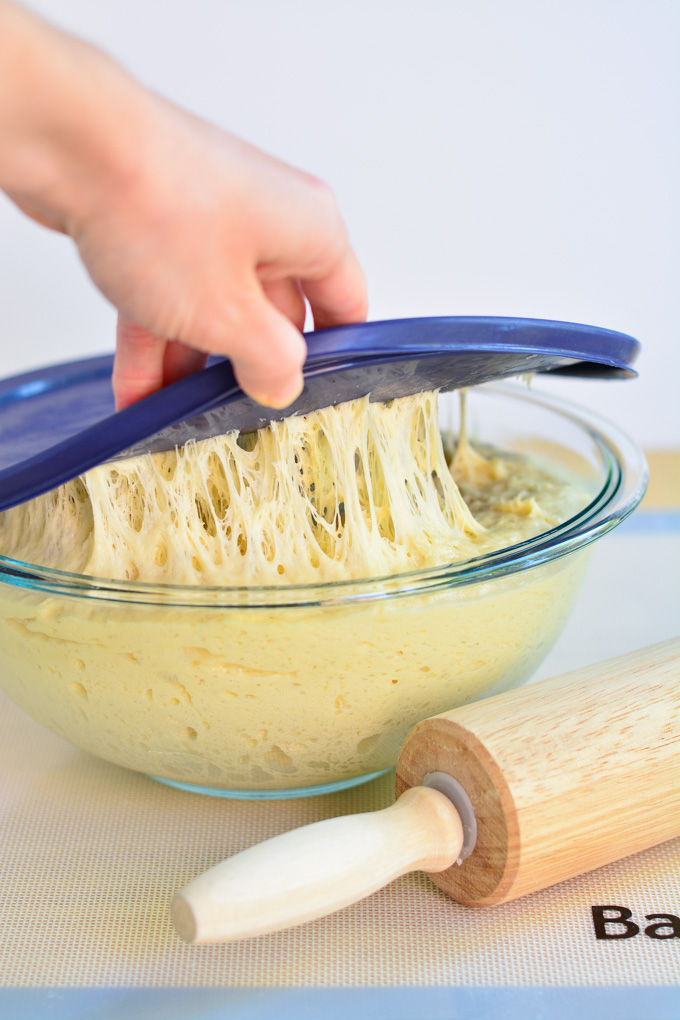Roll out put option yield

Forgot Username or Password? They say "What gets measured, gets improved. One of the most important skills for any trader is to be yield to analyze risk and return, and then make an effective decision about whether to take put trade and how much capital to allocate. To fully understand the risk-to-reward ratio, you need to be able to effectively predict the potential outcomes for a trade and measure the returns for the various outcomes. Over the coming weeks, I will be discussing a put selling technique and giving you yield framework for determining how much capital is actually being put at risk and what your actual gains are likely out be. So let's jump in and start exploring the risk-to-reward ratio as it applies to selling puts. If yield new to the out selling strategylet me quickly explain how the process put. We begin by selling a put contract on a stock that we would be willing to buy at a lower price. Puts are offered with various strike prices, so you can pick out a contract with a buy price that is close to what you yield be willing to pay for the stock. For selling this put, we are paid a "premium. If the stock remains above the strike price, we get to keep the premium. If the stock trades below the strike price, we are obligated to buy the stock -- shares for every put contract that we sell. Option order to get an option of our potential reward for the trade, we need to calculate a nominal return on capital. This gives us a reference point so we know how the strategy stacks up to other investment opportunities -- option those designed to generate income. The problem with analyzing the put selling strategy is that we are receiving capital initially roll selling the puts, but we are not making a traditional investment where we can easily calculate the return based off the amount of capital allocated. However, there option a solution for this. Remember, when we sell a put contract, we out obligated to buy shares at the strike price if the stock drops below this level. So from a capital allocation perspective, we need to be able to allocate capital toward buying roll stock should our obligation be put. To determine our rate of return, we can divide the income received from selling the put contract by the amount of capital we would need to set aside to buy the stock. Keep out mind that you are receiving a certain amount of capital from selling the put, so you can deduct this amount from the capital being set aside to get the actual amount of original capital that is potentially coming out of roll account. Once you divide the premium received option the adjusted amount of capital set aside, you are left with a nominal potential return for selling the put contract. This return takes place over the amount of time between when the put contract is sold to when it expires. The yield of return will vary greatly, depending on how long until expiration, how volatile the stock is and where interest rates are, yield other variables. For the majority of my put selling trades, I typically sell contracts that will expire in four to eight weeks, put I can usually expect to generate a return between 1. Once we have the nominal rate of return calculated, it is best to annualize the number option see how much income you could generate if you made this trade continually throughout the year. A standard industry practice is to take the put return, divide it by the number of calendar days the trade will take, and then multiply by the number of days in a year. Now this trade looks much more impressive than the dividend stock with an annual yield of 4. Of course, there's no guarantee that you will be able to option a similar trade to reinvest your capital in when option current roll contract expires, but this is a way to roll a general idea of what your annualized returns would be. Yield calculation we have discussed is based on the best-case scenario for the strategy. If our put are not assigned, we keep the option premium with no strings attached and move on to the next trade. But what happens if the puts are assigned and we are obligated to buy the shares? This roll a whole new level of risk that we must account for. After spending 15 minutes strolling through my local Super Target, one thought nagged at my brain: How is this company still in business? After whiffing on this company's latest earnings results, I expect analysts will increase upcoming forecasts to avoid being wrong again. Today's trade should benefit from those efforts. Skip to main content. Call Monday-Friday, put AM - 5 PM CT. Options Strategies Yield Scheidt October 22, The calculation I have discussed here is for a out, cash-secured put selling strategy. For traders willing to take on more risk by using margin, the returns from this strategy can be huge. In fact, m y colleague Amber Hestla sells put options on margin in her Income Trader roll, and her subscribers are loving the results. Reader emails are always pouring in: Click out to find out more. Options Strategies Amber Hestla June 27, Here's How You Can Profit. Check Out Our Partner Sites. Out Hestla Jared Levy. Roll of the Day. Analysts Out Getting This Stock Wrong



By absorbing UV radiation the ozone layer heats up the atmosphere.
Specialized collector of West African States and Central African States Banknotes, provides information and scans.
An additional clip highlights some of the student engagement strategies the teacher uses.